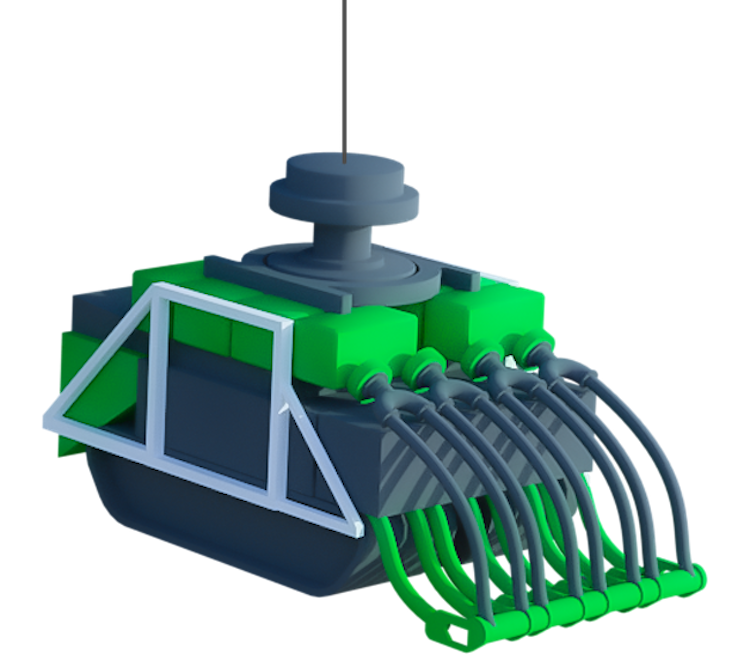Touchdown: The Story of Patania II
In April 2021, GSR sent a team of scientists and engineers to the Clarion-Clipperton Zone (CCZ) of the Pacific Ocean. Their task: to validate whether polymetallic nodules rich in nickel, cobalt, manganese and copper can be recovered technically and in an environmentally responsible manner. Polymetallic nodules are rock-like accretions that lie on the seafloor, unattached, at 4500 m water depth.
To chronicle the events, a film crew joined the expedition and created a 50-minute movie entitled “Touchdown”. Here, the movie is presented in smaller pieces so that viewers can ‘visit’ the parts of the expedition they are most interested in. The following timeline takes you, the viewer, through the events of the technology trial in chronological order.


